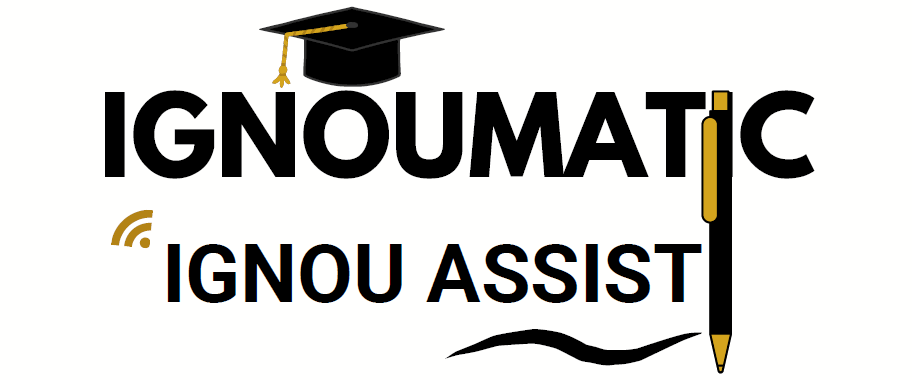The Centre-State relations in India are a foundational aspect of its federal structure. Enshrined in the Constitution, these relations define the distribution of powers and responsibilities between the Union (Central) government and the states. While India adopts a quasi-federal system — where the Centre holds significant authority — evolving political dynamics have led to significant shifts in how these relations play out, especially in contemporary times.
Constitutional Framework
The Indian Constitution outlines Centre-State relations under three main categories: legislative, administrative, and financial.
- Legislative Relations: The Union and States have separate law-making powers as per the Union, State, and Concurrent Lists in the Seventh Schedule. However, the Centre holds overriding authority on matters in the Concurrent List and during times of national emergency.
- Administrative Relations: While the Union ensures the unity of administration, it can give directions to the states to ensure compliance with national laws. The All-India Services like IAS and IPS further centralize control.
- Financial Relations: The Centre collects major taxes and distributes a portion to states through the Finance Commission and other mechanisms like grants-in-aid. This financial dominance places the states in a relatively dependent position.
Evolution of Centre-State Relations
Post-independence, India saw a phase of strong centralization, especially under the one-party dominance of the Congress. However, from the late 1960s onwards, with the decline of Congress dominance and the rise of regional parties, there emerged a push for more autonomy for the states. The creation of the Sarkaria Commission (1983) and the Punchhi Commission (2007) to review Centre-State relations was a result of this demand.
Contemporary Developments
In recent years, several factors have reshaped the dynamics of Centre-State relations:
- Rise of Coalition and Regional Politics: From the 1990s until 2014, coalition governments at the Centre gave states and regional parties significant leverage. However, the emergence of a strong majority government post-2014 has reasserted central dominance.
- Implementation of GST: The Goods and Services Tax (GST), introduced in 2017, fundamentally altered the financial autonomy of states. Although states participate through the GST Council, the pooling of taxation powers under the Centre’s domain has led to tensions, particularly over delays in compensation.
- Centralized Policies: Policies like the National Education Policy, farm laws (later withdrawn), and environmental regulations have faced criticism for encroaching on state jurisdiction. States argue that these areas fall under or affect their constitutional domain.
- Political Polarization: Relations have become increasingly politicized. Non-BJP ruled states often accuse the Centre of discrimination in fund allocation, use of governors for political purposes, and interference through central agencies like the ED and CBI.
- Role of Governors: The position of the Governor remains a contentious point in Centre-State relations. The Governor is appointed by the President and acts on behalf of the Centre, but can influence state politics, especially in hung assemblies or during government formation.
- Use of Article 356: While its usage has declined since the Bommai judgment (1994), which imposed strict limitations on President’s Rule, it remains a tool that could be misused against opposition-ruled states.
Conclusion Contemporary Indian politics reflects a complex and often contentious relationship between the Centre and the states. While the Constitution provides a framework for federal functioning, political dynamics, economic dependencies, and centralizing tendencies continue to strain this relationship. There is a growing demand for cooperative federalism — where the Centre and states work together respecting each other’s roles — as a way to maintain India’s unity and diversity. Strengthening institutional mechanisms like the Inter-State Council, respecting federal principles, and fostering genuine political dialogue are crucial for a balanced and robust federal structure.
